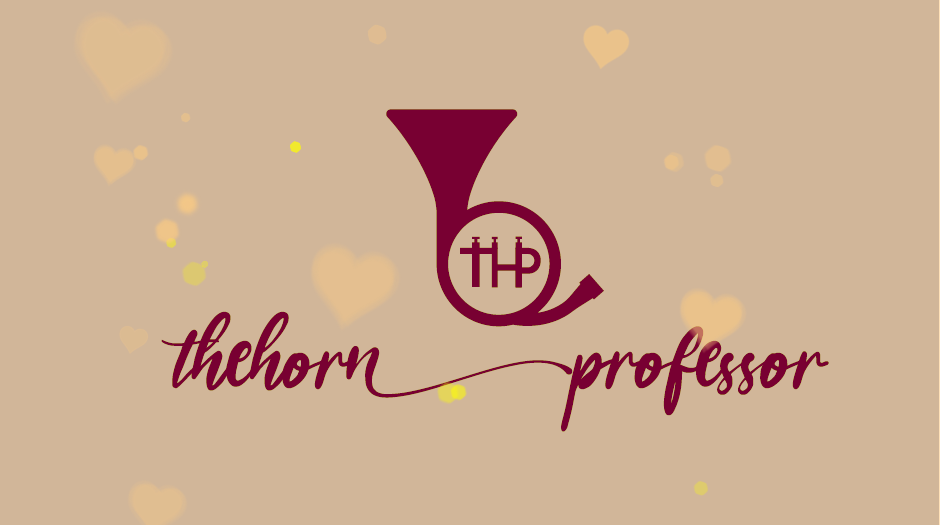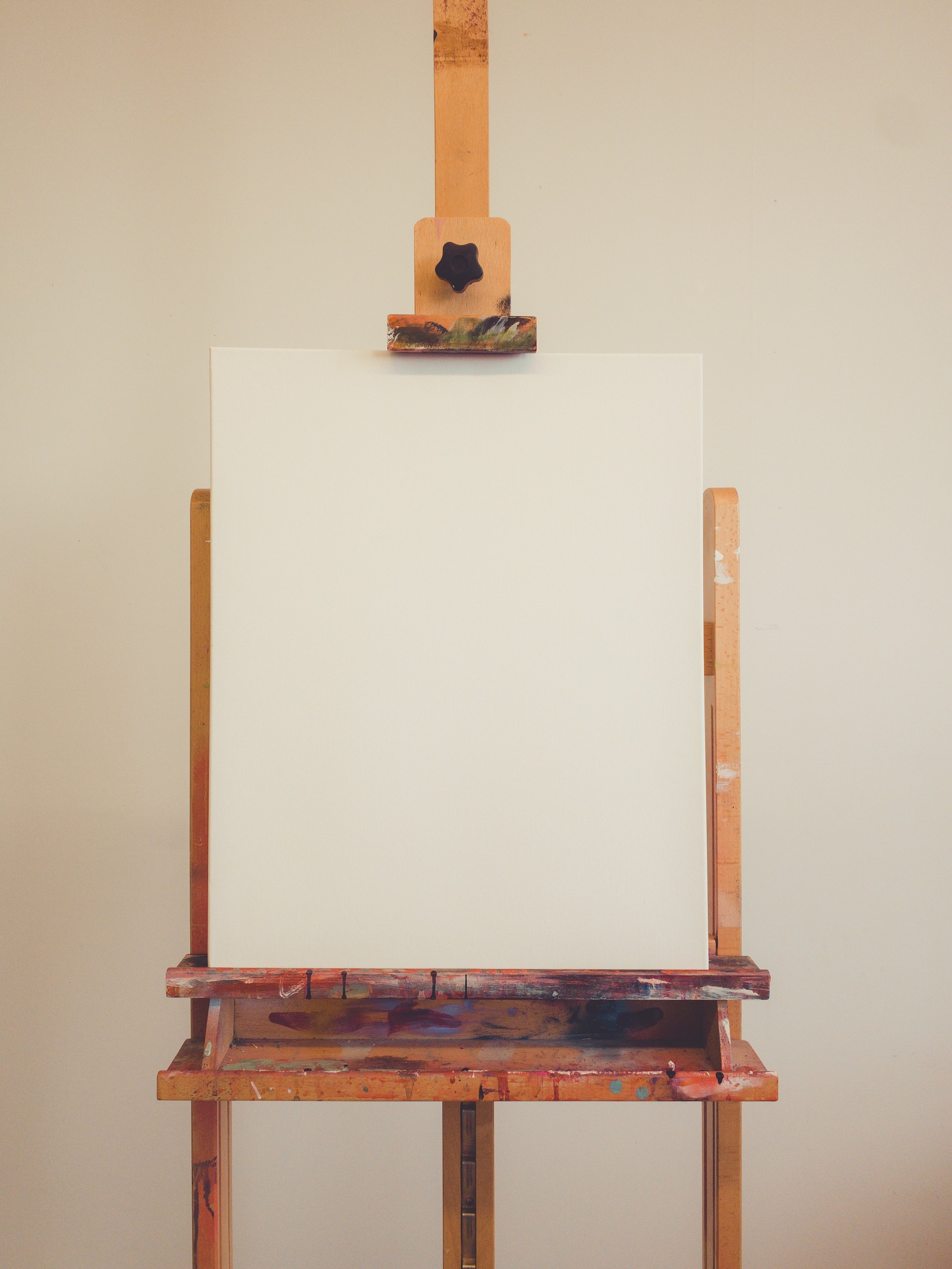The “Except”-ional Student
I was recently interviewed by a graduate student for a class assignment about all things related to the topic of private studio teaching. The last question, “What unique methods do you use for planning and building an exceptional private studio?” really got me thinking about the word “exceptional”.
I don’t know if my answer to the interview question was particularly satisfying because in my mind, if I have a method to create an exceptional studio, I will create limits. In fact, simply by defining what the “exceptional” student is or isn’t, I have created a limit. I’m pretty sure my answer to the graduate student was vague and generally confusing as I wrestled with the word “exceptional”.
I love to find out about words and read different contexts and uses (helllllo, Oxford!), so this is where I began.
When I look into “exceptional”, words like “outliers” and statements such as “the part which is not included in the scope of the judgment” or “someone who or something which stands apart from the perceived norm” and “out of the ordinary course” are all associated with the word “exceptional”.
I think these references are extremely important as a teacher.
If exceptional people are outliers, then who is the inlier?
According to Oxford, the inlier is what the outlier rests upon, or surrounds. When I think of an outlier, I think of a rebel – someone taking risks, someone going against the fray, a non-conformist. The world needs non-conformists. But there are only non-conformists if we have something to which people must conform. Conversely, the inliers are the benchmark, the mean, the average, the center.
This idea rings very true to me in my students’ learning and in my teaching. I like to think of each student as having a blank canvas that is their creative life. They are surrounded by colors, mediums, endless choices of palettes and creative accessories.
My teaching mind is open, free and accepting, ready to lean into the students’ canvases to help guide and mentor. We are both active outliers because there are no benchmarks. I provide and suggest the colors, mediums, tools, and how to apply the technique, but they alone hold the brush.
Institutions, however they may take shape and exist, must have benchmarks, certain perimeters. Otherwise, everything would be a free-for-all. I get it. Lessons must be once a week, involve music (specifically the horn, but not always), center around the student (in my opinion) and occur on campus in my studio (almost always) – but not in this particular order of importance. That too should be flexible based on the student’s canvas.
But back to the word “exception”.
If you take the word “except” alone as a transitive verb you get: “to take or leave out”, “to exclude”. This active form of “except” seems negative coming from the collective “norm” but could be positive from the perspective of the self. Hmm…
According to Oxford, if you make an “exception”, the person (read: student) does not conform to the general rule affecting other individuals (read: other students).
I like this last context the best. And as such, it means every single student is the exception if each student has their own set of rules (read: canvas). If this is true, and I believe that is and should be, my studio is always full of exceptional people. In fact, an exception is made in every single lesson. If it were not, then each student would be compared to the one before and someone or would have to be the inlier.
The inlier, for me, is the required piece of paper that I rarely consult, that lists all the things that the institution tells me I need to have in writing. The inlier is the box that struggles to keep the creative mind contained, the compassionate teacher leashed, and the young student defined.
I suppose I too can be an inlier for the student in the context of providing ideas, guides, goals, etc to rest upon and center around…but I hope only for a short time. I want my students to be creative rebels and non-conformists.
I prefer to be an outlier and the exception as a teacher so that I can encourage my students to become exceptionally unique.



